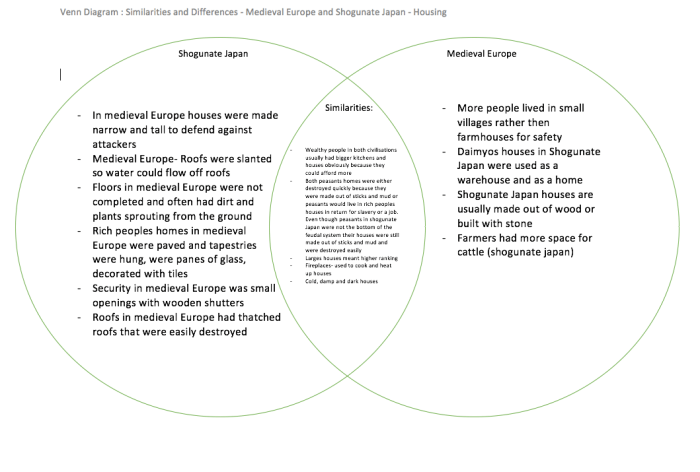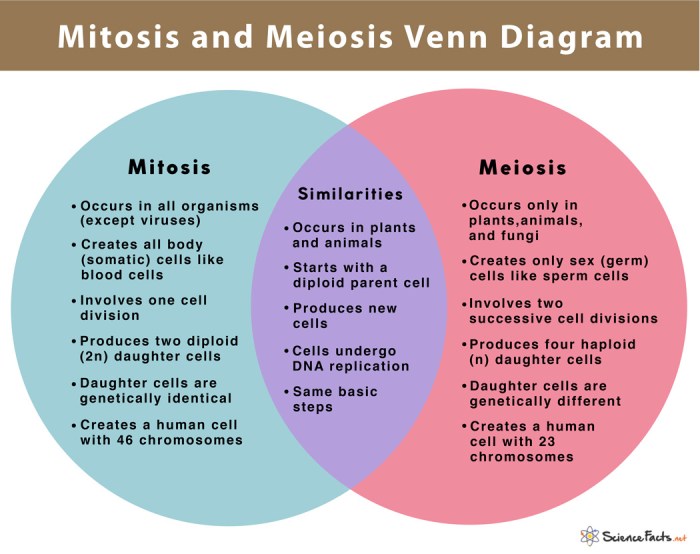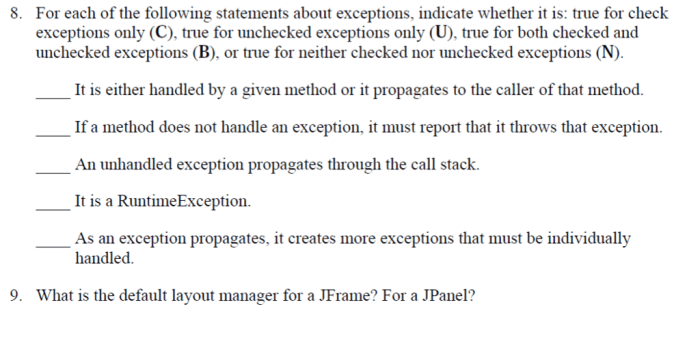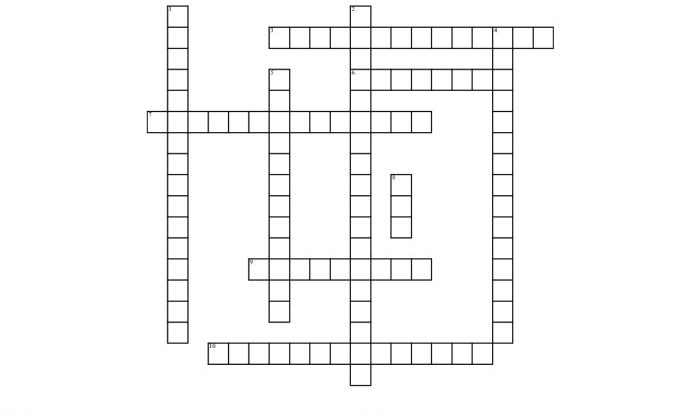Once similarities are identified among class – As similarities among class take center stage, this discourse delves into the multifaceted nature of identifying, analyzing, and applying these similarities to enhance class dynamics and effectiveness.
Through a meticulous exploration of methods, techniques, and challenges, this guide provides a comprehensive roadmap for educators and researchers seeking to leverage class similarities for transformative learning experiences.
Identifying Similarities Among Class

Identifying similarities among class is a critical step in understanding the structure and relationships within a dataset. By identifying commonalities between different classes, researchers can gain valuable insights into the underlying patterns and characteristics that distinguish them.
There are several methods commonly used to identify similarities among class. One approach involves using distance metrics, such as Euclidean distance or cosine similarity, to measure the similarity between pairs of data points. Another method is to use clustering algorithms, which group similar data points together based on their features.
Additionally, machine learning techniques, such as supervised learning algorithms, can be employed to identify patterns and similarities among class by learning from labeled data.
It is important to note that using multiple methods to identify similarities among class can help ensure accuracy and robustness. By combining different approaches, researchers can gain a more comprehensive understanding of the similarities between classes and minimize the risk of relying on a single method that may be biased or sensitive to noise.
However, identifying similarities among class can also pose challenges. One challenge lies in the curse of dimensionality, which refers to the difficulty in analyzing data with a large number of features. Another challenge arises when the data is highly imbalanced, meaning that one class is significantly more prevalent than others.
In such cases, it is important to employ techniques that can handle imbalanced data effectively.
Analyzing Similarities Among Class

Once similarities among class have been identified, the next step is to analyze them to gain insights into the underlying patterns and characteristics that distinguish different classes. This analysis can involve examining the distribution of similarities within and between classes, identifying key features that contribute to similarities, and exploring the relationships between different similarities.
There are several techniques that can be used to analyze similarities among class. One common approach is to use visualization techniques, such as scatterplots or dendrograms, to visualize the similarities between data points. Another technique is to use statistical methods, such as correlation analysis or hypothesis testing, to identify significant similarities between classes.
Additionally, machine learning algorithms, such as decision trees or support vector machines, can be employed to classify data points into different classes based on their similarities.
The type of similarities that can be identified depends on the nature of the data and the research question being addressed. Some common types of similarities include:
- Structural similarities:These similarities relate to the overall structure or organization of the data, such as the number of features, the distribution of values, or the presence of patterns.
- Feature similarities:These similarities relate to the specific features of the data, such as the values of individual attributes or the relationships between different features.
- Class-specific similarities:These similarities are unique to a particular class and distinguish it from other classes. They can be used to identify the key characteristics that define a class.
Applying Similarities to Class

Understanding the similarities among class can have a number of practical applications in various fields, including:
- Classification:Similarities among class can be used to develop classification models that can assign new data points to the correct class. This is particularly useful in applications such as spam filtering, fraud detection, and medical diagnosis.
- Clustering:Similarities among class can be used to group similar data points together into clusters. This can be useful for identifying patterns and structures within a dataset, as well as for reducing the dimensionality of the data.
- Data exploration:Similarities among class can be used to explore and visualize the relationships between different classes. This can help researchers gain a better understanding of the data and identify potential areas for further investigation.
Using similarities to inform class can provide a number of benefits, including:
- Improved accuracy:By understanding the similarities between different classes, classification models can be developed that are more accurate and reliable.
- Reduced dimensionality:By grouping similar data points together, the dimensionality of the data can be reduced, making it easier to analyze and process.
- Enhanced understanding:By exploring the similarities between different classes, researchers can gain a deeper understanding of the data and identify potential areas for further investigation.
Evaluating the Impact of Similarities on Class

To evaluate the impact of similarities on class, it is important to design a method for measuring the effectiveness of the similarities. This method should be based on the specific application and research question being addressed.
Some common metrics that can be used to measure the effectiveness of similarities include:
- Accuracy:The accuracy of a classification model can be used to measure the effectiveness of the similarities used to develop the model.
- Clustering quality:The quality of a clustering can be measured using metrics such as the silhouette coefficient or the Davies-Bouldin index.
- Data exploration:The effectiveness of similarities for data exploration can be measured by the ability to identify meaningful patterns and structures within the data.
In addition to quantitative metrics, qualitative feedback from domain experts can also be valuable in evaluating the impact of similarities on class. By combining quantitative and qualitative evaluations, researchers can gain a more comprehensive understanding of the effectiveness of the similarities.
Case studies and research findings have demonstrated the impact of similarities on class in various applications. For example, in the field of medical diagnosis, similarities among class have been used to develop classification models that can accurately diagnose diseases based on patient data.
In the field of data mining, similarities among class have been used to identify patterns and structures in large datasets, leading to new insights and discoveries.
User Queries: Once Similarities Are Identified Among Class
What are the key methods for identifying similarities among class?
Methods include surveys, observations, assessments, and data analysis.
Why is it crucial to use multiple methods?
Multiple methods provide a comprehensive view and enhance accuracy.
What are the challenges associated with identifying similarities?
Challenges include diverse backgrounds, individual differences, and biases.
